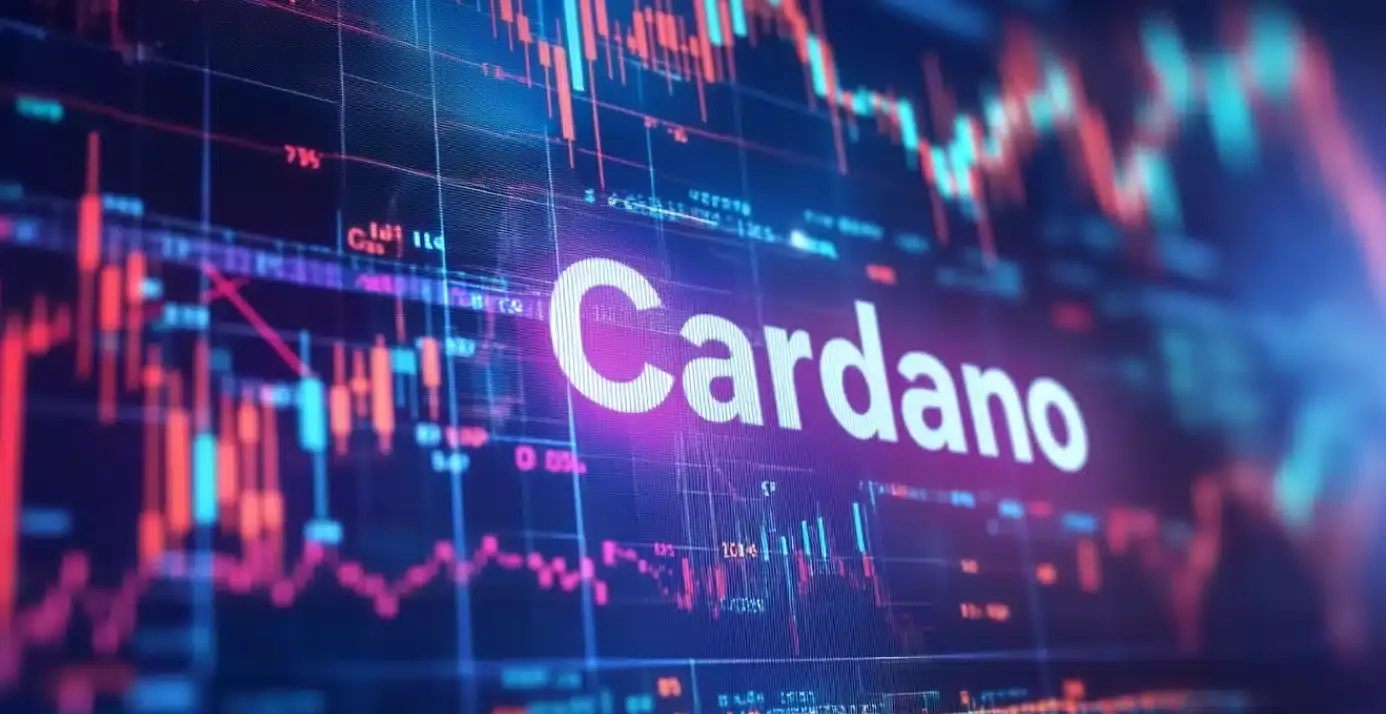Cardano (ADA) is currently experiencing a pivotal phase, hovering around the $0.80 mark, which signifies a decline of over 40% from its previous peak in December. This stagnant trading range comes after Charles Hoskinson, the founder of Cardano, shared his insights and perspective on the blockchain’s future in a recent YouTube interview. His assertions ignited discussions around Cardano’s potential and the competitive landscape dominated by Ethereum and Solana.
In his conversation, Hoskinson concentrated on what he believes distinguishes Cardano: its efforts to integrate with Bitcoin. He posits that this integration presents an enormous, although largely untapped, market opportunity valued at about $2 trillion. By aiming to become the decentralized finance (DeFi) layer of the Bitcoin network, Hoskinson expresses a strong conviction in Cardano’s capacity to achieve success where others may falter, particularly in environments such as Ethereum or Solana.
The competition in the blockchain sector is increasingly fierce, with Cardano competing against established platforms like Ethereum and its layer-2 solutions. These solutions, namely Base, Arbitrum, and Optimism, have attracted significant user bases due to lower transaction fees and robust security. Hoskinson did not shy away from calling out Ethereum for this trend, emphasizing how its layer-2 networks have siphoned users and liquidity. In contrast, Hoskinson urged that Cardano’s strategy to link with Bitcoin could provide a refreshing alternative to the ongoing tutelage of layer-2 solutions.
He also targeted Solana, another formidable competitor, raising doubts about its ability to withstand increasing data loads as its user base expands. This skepticism comes not only from a strategic viewpoint but also from a broader understanding of Solana’s technological framework and its capacity to scale effectively.
Analysis of Cardano’s recent price movements paints a nuanced picture. Following a peak of $1.32 in November, the cryptocurrency faced a retreat, slipping down to $0.524, a movement analyzed through the lens of the Elliott Wave theory. Presently, the coin finds itself within the second phase of this pattern, which, according to technical analysts, is tested before a potentially bullish third phase emerges. What’s notable is that Cardano remains above its 50-week moving average, hinting that bullish sentiment may still prevail, keeping the hope of a rebound alive.
Market observers are optimistic that if the bulls reassert their dominance, Cardano could realistically aim to approach its previous high of $1.32, representing a profit potential of about 70% from its current position.
Looking ahead, the engagement with potential partners like BitcoinOS and forthcoming strategic meetings may serve as significant catalysts for Cardano’s trajectory. The anticipation surrounding these moves could help revive interest from investors seeking exposure to platforms positioned to innovate in the DeFi sum. Cardano must leverage its unique selling propositions while addressing its competitors’ advantages if it is to carve a sustainable path forward.
While Cardano faces considerable challenges in a rapidly evolving landscape, its potential for growth remains substantial. Through strategic partnerships and innovative integration efforts, it can turn the current volatility into an opportunity for revitalization.














